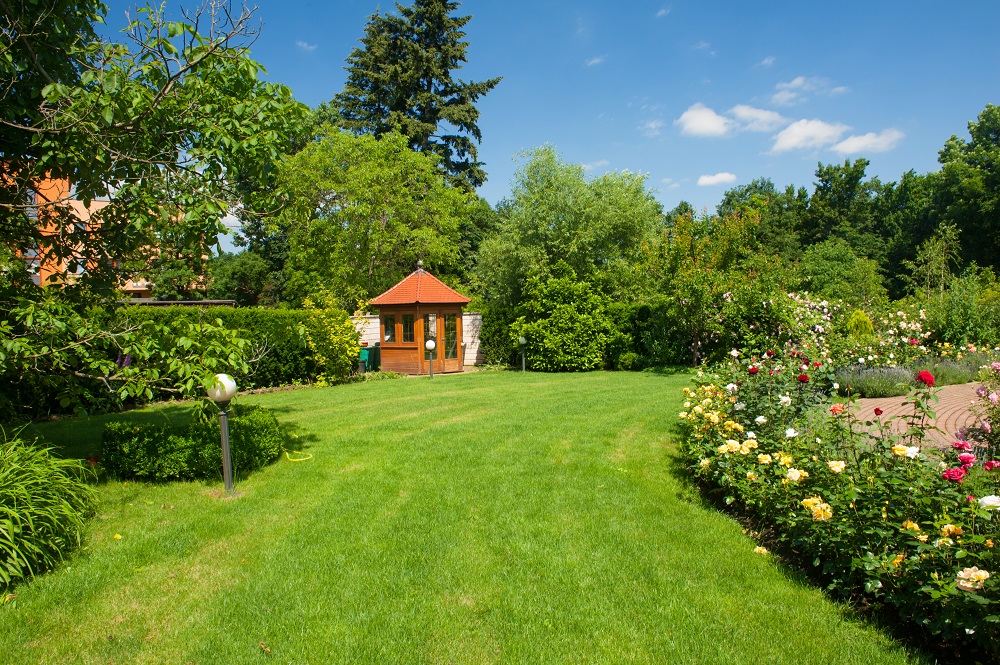By: EVELYN YEO - FINANCIAL MYTHBUSTER
Works on fundamentals still vital
TIME and time again, we hear about the need to save up to buy our first property. Then we hear about why we should save up to buy the next property (presumably for the “certainty” of investment gains), and the success stories of those who made their first million, primarily through property investment.
So, anyone who has received a healthy dose of these for a few years would naturally deduce that in order to gain significant returns to our investment portfolio, the key is property. This does not always hold true.
As with any investment, you must still go through the fundamental questions that help you ascertain whether property is the right tool for you.
We will get back to what these fundamental questions are after forming a backdrop from two somewhat representative examples.
In 2009, 38-year-old Albert bought a 4,300 sq ft condominium at a prestigious location in the heart of Kuala Lumpur for RM4.3mil. At RM1,000 per sq ft, many would deem this a good buy; more so now that the current market value has risen to RM5.1mil.
Now, let’s see this “gain” from a different perspective. Since Albert bought the property for investment purposes, he had two options to earn returns from this investment – either rent it out for an amount higher than the loan repayment value, or sell the property to monetise the higher market value.
Unfortunately for Albert, he has as yet not been able to find a buyer even though it has been six years since he bought the property. Given the softer property market, although he has been lucky to find a tenant, he is receiving a rental yield that is lower than his loan repayment.
This is fine as long as Albert remains gainfully employed and is able to afford the loan repayment for as long as it takes to sell the property.
Capital gain
Let us look at another property owner. Also in 2009, Nik and Sara, a newly-married couple, purchased a 3,100 sq ft landed residential property in a fast-developing suburb in the Klang Valley for RM350,000. Unlike Albert, they bought the property for their own residential use.
Over the years, given that their home is located close to a major shopping mall and to the highway, the market value of their property rose to the current RM1mil.
Did they “gain” from this property? Similar to Albert’s case, in order for Nik and Sara to make capital gains from this property, they would need to sell it to lock-on the value.
However, since they are residing in that property, selling it would mean looking for alternative accommodation. W
ould they be able to maintain the same standard of living (i.e. an equally convenient 3,100 sq ft living space, and so forth) with the proceeds received from the property sale? If not, then like for Albert, the higher market value would not have resulted in any direct investment gain for them.
But unlike Albert, it doesn’t matter as they did not purchase the house as an investment instrument and the loan repayment does not result in any unexpected negative cashflow.
So on the backdrop of both these scenarios, we are ready to move on to the fundamental questions you should consider when assessing the suitability of any investment instrument, property or otherwise. The six most fundamental considerations are, perhaps, best rendered acrostically as O.H.A.M.L.A.:
● Objective – or what you hope to use of those funds for (i.e. the capital) in the future;
● Holding period – the length of time you are able to sustain financially without touching the returns or capital for that investment;
● Affordability – would you need to compromise your standard of living if there is no cashflow from the investment throughout the holding period;
● Market risk – the quantum of price movement that you could stomach during the holding period;
● Liquidity risk – how long would it take for you to sell the investment and receive your funds; and
● Alternative instruments – are there any that could achieve the same investment objective with lower risks attached.
Going back to Albert’s case; he bought the condominium with the objective of making significant capital gains in five years (i.e. the holding period).
At the point of purchase in 2009, he assumed his employment status would not change and that he would earn the same or a higher salary over the course of his holding period. However, he is now self-employed, hence his earnings are no longer fixed each month.
Therefore, the affordability factor is now compromised as he needs to ensure his loan commitments are met each month despite a fluctuating income.
Next, although he made the fair assumption (which turned out to be right) that the property would appreciate in market value in the future, he underestimated the liquidity rush when investing in properties, i.e. finding a willing buyer for the price he is willing to sell and getting the cash from that sale within a short period of time.
As many of us may have experienced, due to legal and loan documentation requirements, it could take up to a few months to get back our funds even after a willing buyer has been identified.
Lastly, unfortunately for Albert, other alternative instruments that could perhaps meet his investment objective for significant returns (eg. investing in high risk companies in the stock exchange or investing in a start-up company) also carry similar, if not higher, risks.
First-time buyer
That said, property or real estate remains an important instrument for most investors. For a first-time property buyer, owning a property that you could live in removes the risk that rental prices could escalate where you may be forced to compromise your lifestyle to find alternative accommodation.
Individuals with significant excess funds after investing in a diversified portfolio consisting of instruments such as high yielding deposits, blue chip shares, unit trusts, endowment insurance plans and bonds, should consider property as the next instrument to augment their investment portfolio.
If you are an investor seeking a consistent stream of income, other than rental income, alternative instruments that could give you that regular payout could be unit trust funds with an income-generating mandate, endowment insurance plans, high dividend blue chip stocks or even bonds.
With all these instruments, especially unit trusts and endowment policies, you would be able to easily liquidate your investments and get your sale proceeds within 14 days or less. This is important when you do not have a significant amount of excess cash in hand for potential financial emergencies.
If your objective of purchasing the property is to leave your child or children with a sizeable monetary legacy when you pass on, there may be viable alternatives. For some, this means building up a stable business for the children to inherit.
For many others, there is always the traditional portfolio that consists of shares, unit trust funds, bonds and so forth.
The lesser-known alternative would be to purchase a universal life insurance policy that would ensure your beneficiaries receive a sizeable payout after you have passed on.
So if you are 40 years old, instead of spending RM2mil to buy a bungalow in Kajang that your children may likely liquidate anyhow once you have passed on – after all, your intended legacy was the cash value of the property – you could instead spend a little over quarter that amount to purchase a universal life policy that would pay RM2mil in cash to your children once you are gone.
By using O.H.A.M.L.A. as a guide, your investment universe could open up your world to a wide array of instruments beyond property to help you meet your objective. As the old proverb goes: There are more ways than one to skin a cat.
Yeo is OCBC Bank (M) Bhd head of wealth management.












































